Ken of XTAR give me the chance to review one of the latest XTAR flashlghts. Thank you for this great gesture.
It is the the XTAR WK35 - here is the link to the XTAR homepage
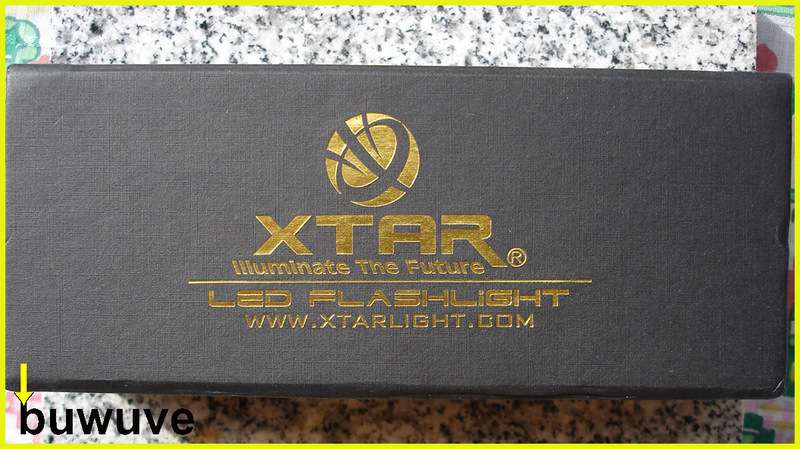
Here is the most important facts:
CREE XM-L LED U2 am
Max output: 500 lumens regulated by a high effective constant-current driver
Voltage Range: 2.75 - 4.2 volts
Compatible Batteries: 1x 18650/18700
Running time:
High output: 500 lumens for 2.9 hours max
Mid output: 200 lumens for 7.5 hours max
Low output: 70 lumens max for 23.5 hours
Strobe output: 500 lumens untimed (IMPORTANT: The mode is hidden)
High intensity: 4035cd
Range: 127m
Reflector: OP
- 3 HA III hard anodized aircraft grade 6061 aluminum
- Colors: Black and Silver Gun (the color of the review flashlight)
- Reverse tail cap switch
- Waterproof: IPX-8 standard
- Double spring design: Better shookproof (impact resistance 1,5m)
- Dimensions: length 122mm, diameter 22.5 mm
- Weight: 77g without battery
- Accessories: Lanyard, spare o-ring, manual, warranty card
Pros:
• effective constant-current driver
• great runtime
• hidden strobe
• tailstands well
• great build quality
• comes in a nice box
Cons:
• more included accessories would be nice for example a replace lense or a rubber switch
Packaging:
The flashlight came in this box, which gives a very classy look and is also suitable as a gift box. The box is closed by two magnets, as is also known on other boxes.
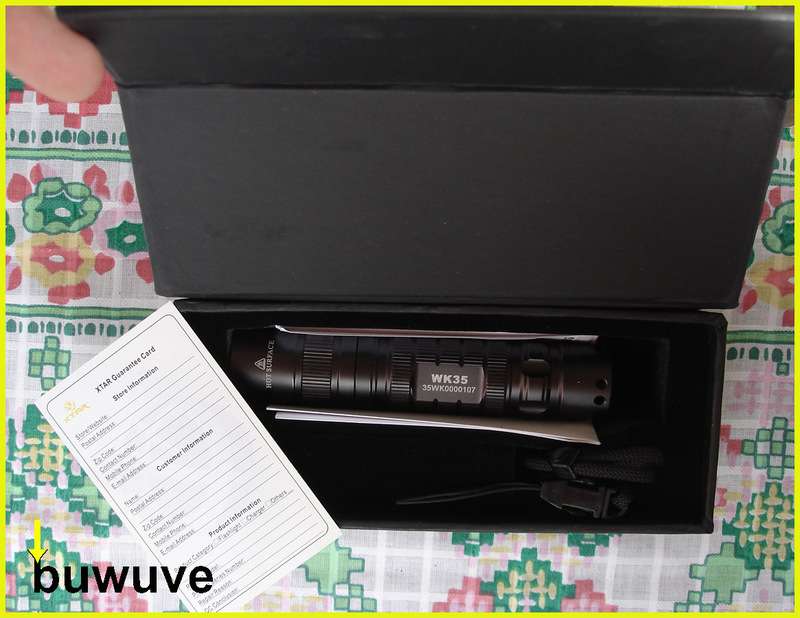
Now you can see the whole package a bit better. The box contains one instruction, a lanyard and a spare O-ring.
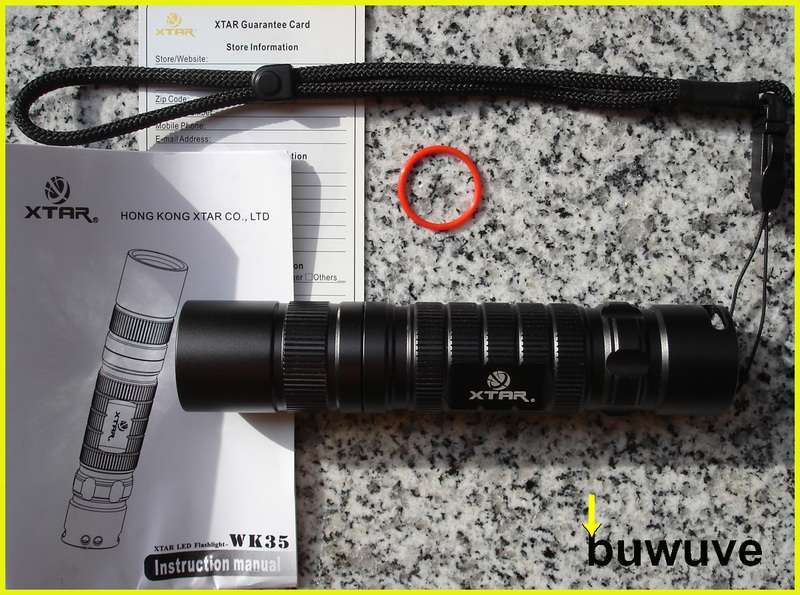
The manuel is in english and easy to understand (I’m not a native english speaker).
The images of the manuel inserted only as thumbnails (it’s been melted of two pictures, so the color difference)
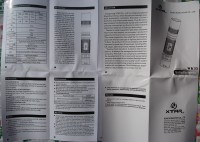
Here is a comparison of the Xtar and two other well-known falshlights.
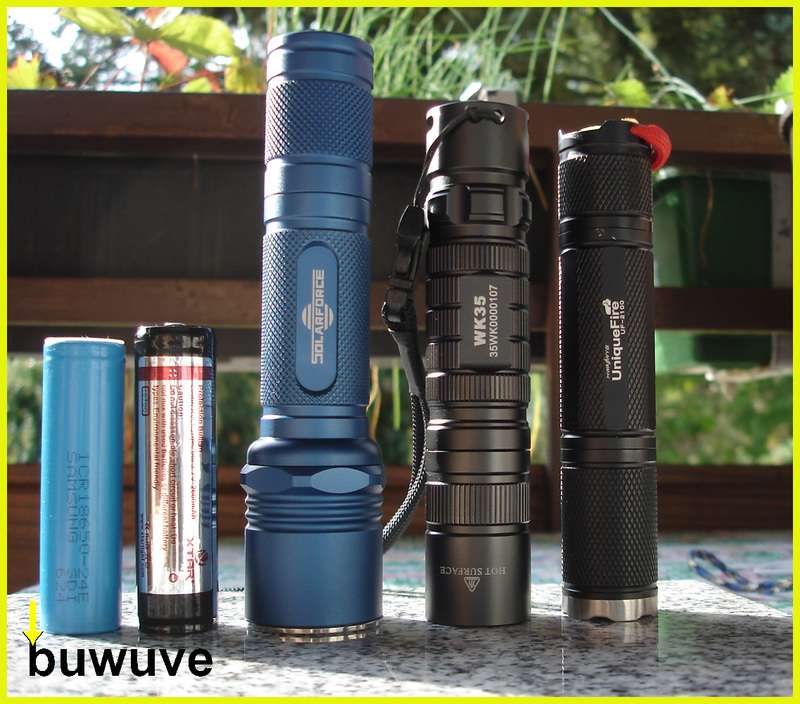
It is a blue Solarforce L2p and Unique Fire UF-2100. The Unique Fire is only a few millimeters shorter and I have also used it later in the Beamshots to compare both.
In addition, my test batteries can be seen: XTAR 18700 2600mAh protected and unprotected 2400mAh Samsung ICR18650 24E 18650.
I have chosen these two batteries, because the XTAR battery is quite long (69.3 mm) and the lamp is also designed for and 18700. With Samsung and it’s 65.05 mm a battery that also may still rightfully call 18650 So I wanted to make sure that the lamp is useful for each battery 18650/18700.
Built quality and details:
The first feature of this lamp are the two springs in the battery tube. These absorb bumps or falls, and the contact with the battery will never lose. Perfect for cyclists, or if you are traveling in the area and the torch falls down. As there is no short lamp failure and you stand or much more worse drive in the darkness, no unintentional mode switching. Everything continues normally.Unfortunately I have no way to test it extremly, but within 2 minutes flashlight body shaking, there were no dropouts. I tested with the two batteries and one more time with a CR123 battery, which I extended with magnets. Which is of course much thinner than the battery tube, but there was no audible contact between the battery and tube or a failure in the lights.
It fits well in any bike mount.
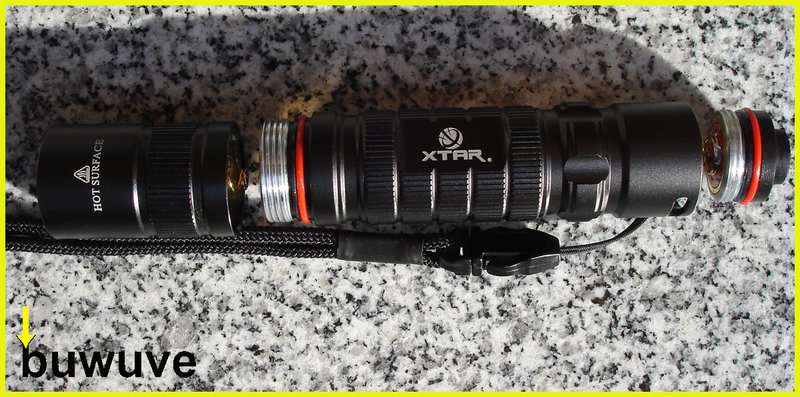
The drawing on the homepage sloved the mystery how the second spring is connected and I use a snap ring pliers to unscrew the end cap.
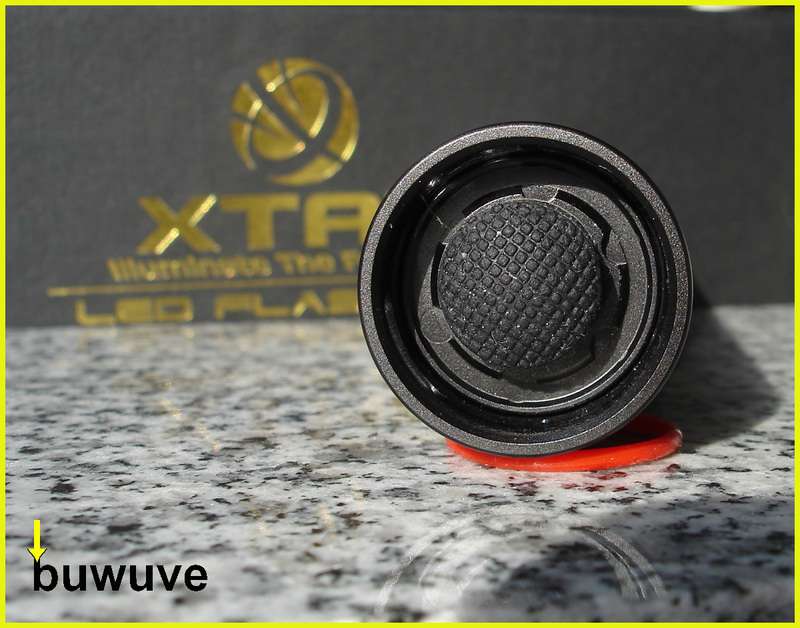
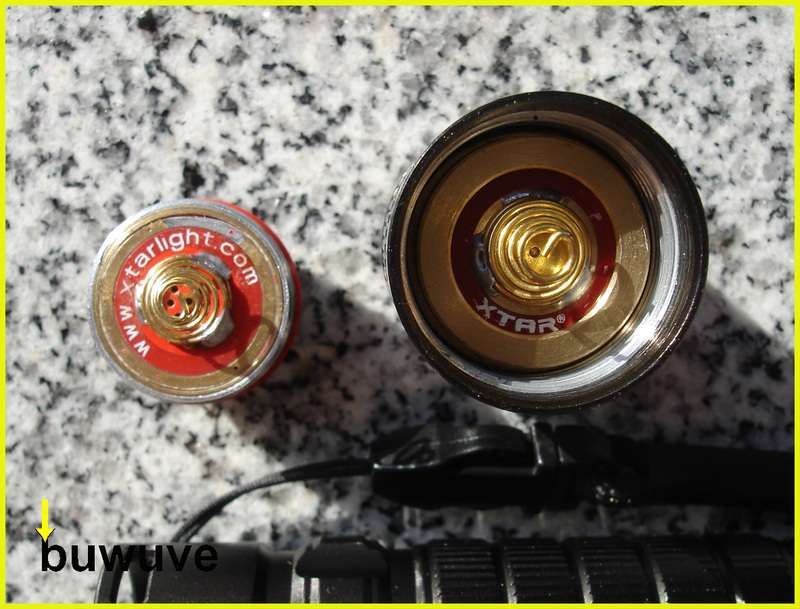
The end cap is sealed with two O-rings, which are all lubricated as well. That struck me even at the first opening of the lamp: It went on pretty smoothly and all O-rings are well lubricated.
The end cap is tailstandable, which I find very pleasant. So that it can light up a room well.
The following image shows the well-cut threads.
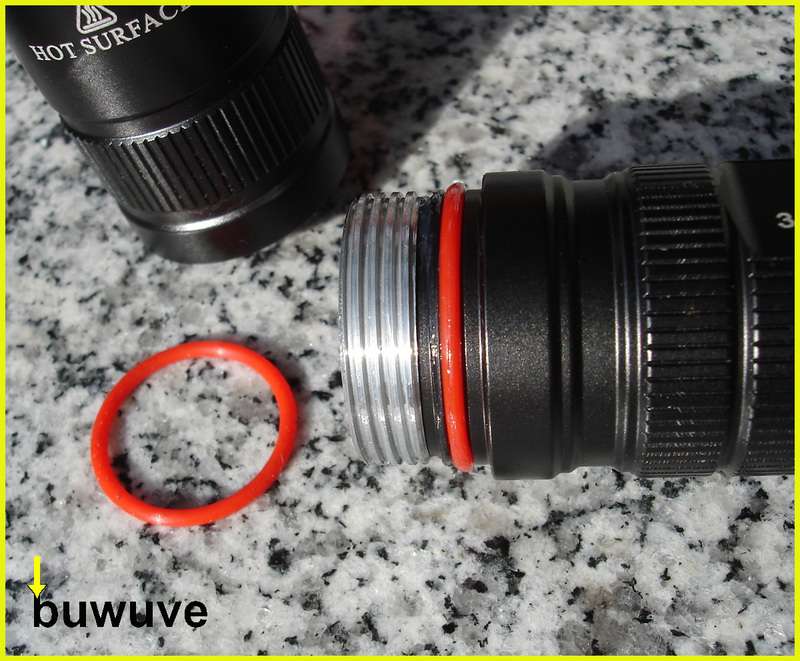
Here you can get an impression of the external structure.
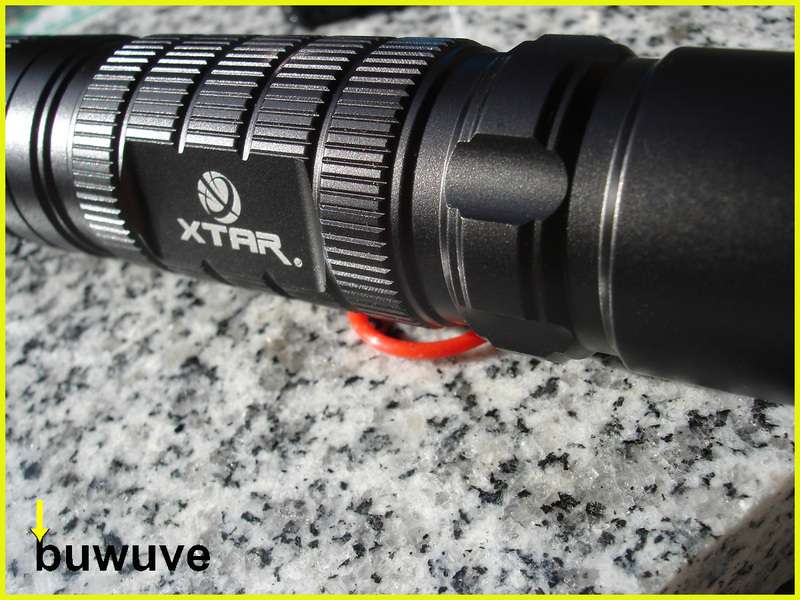
The o-ring seals well.
Included is a lanyard. It is adjustable on a child or adult hand. Overall it looks good, but since I like to work with paracord, it will probably be replaced by one of these.
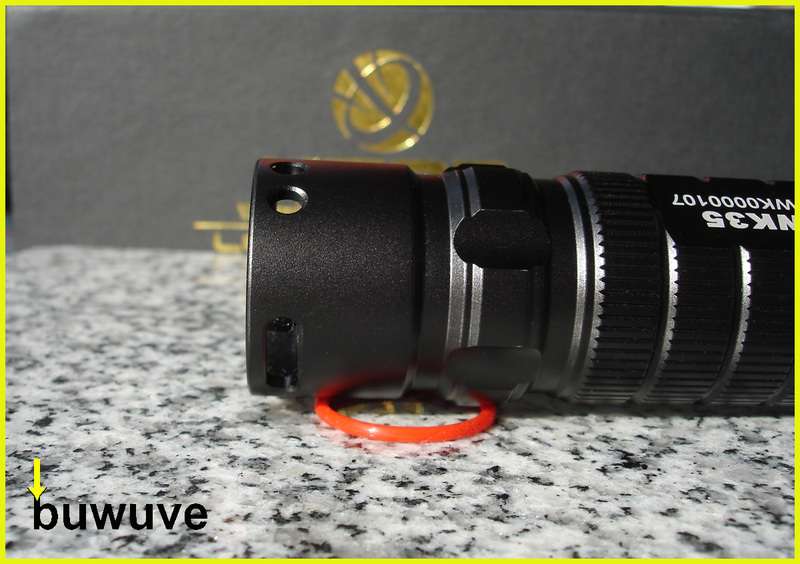
Thread: Does Paracord fit by the lanyardholes?
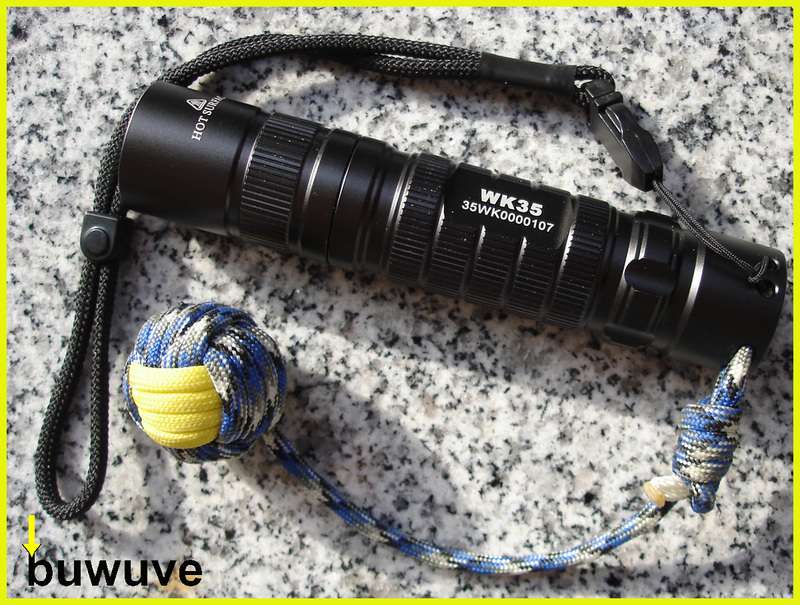
XTAR has a good solution. Apart from two small holes that fit well for the included lanyard, there are two slots in the end cap, where paracord fits well. Depending on how it is conducted, the remains tailstandability obtained.
Handling:
The switch is easy to reach, despite the size of the WK35, even if one has a slightly thicker thumb.
The*three modes (low, med, high)* are not with their lumen values (up to 500 lumens) at the performance limit of the CREE XM-L U2 LED, but it provides the light a long runtime. Depending on the purpose, which is more important than maximum brightness. Almost 3 hours of run time on high is great. In addition, I noticed even after 15 minutes of run time on high heats up slightly outside, after 30 minutes it is noticeably warm, but certainly not hot.
The modes are changed by gently tapping the button - that’s wonderful smooth. 5 seconds after turning off it will starts next time on low.
The strobe is hidden, which would certainly be of interest to many. It can be reached by rapidly pressing the switch twice. This must be done very quickly, so that an unwanted change (for example if you switch from low to high mode) not usually lead to strobe.
LED and beamshots:
The LED sits well centered (which I photographed a bit inconvenient) and the drivers don’ make any sounds or beeps (in any mode).
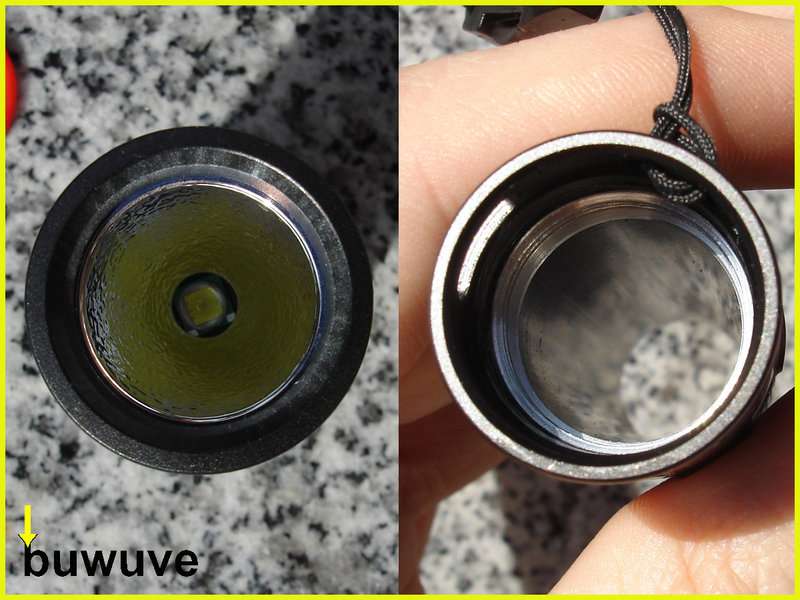
Since the built-up electronics provides the same constant current, the lumen values are to approximately available to the end of the battery.
Beam:
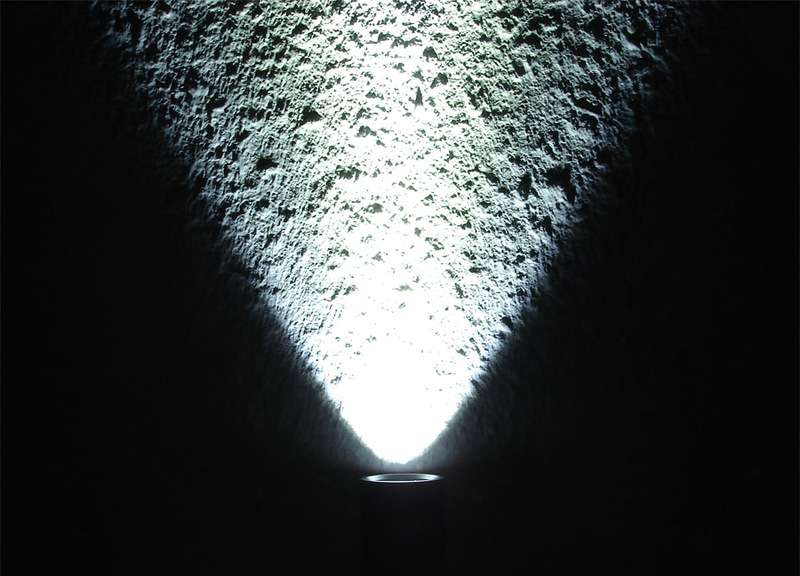
Beamshots(please note the different camera settings between indoor and outdoor images and comparing beamshots):
Indoor:
Camera setting: 1/20s, f / 2.8, ISO200, WB: Daylight
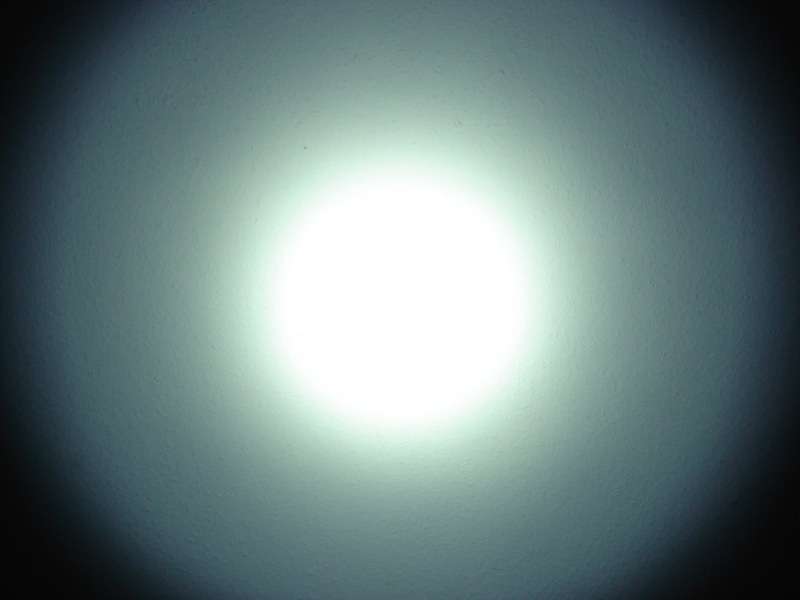


Outdoor:
Camera setting: 1s, f / 2.8, ISO200, WB: Daylight
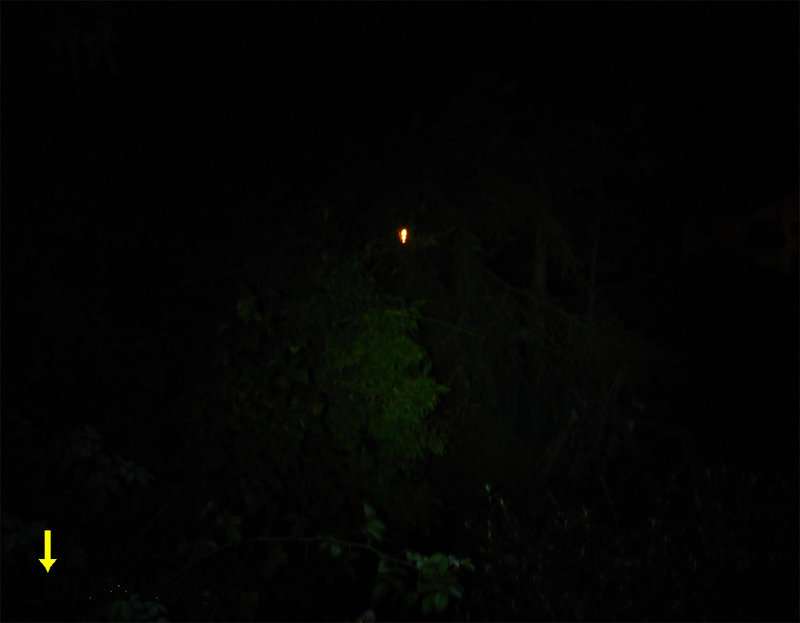


Here is the comparison of the beamshot Unique Fire UF-2100 (SMO reflector CREE XM-L T6). Only high and low, because the UF-2100 has no Med.
Camera setting: 1/100s, f / 5.6, ISO200, WB: Daylight
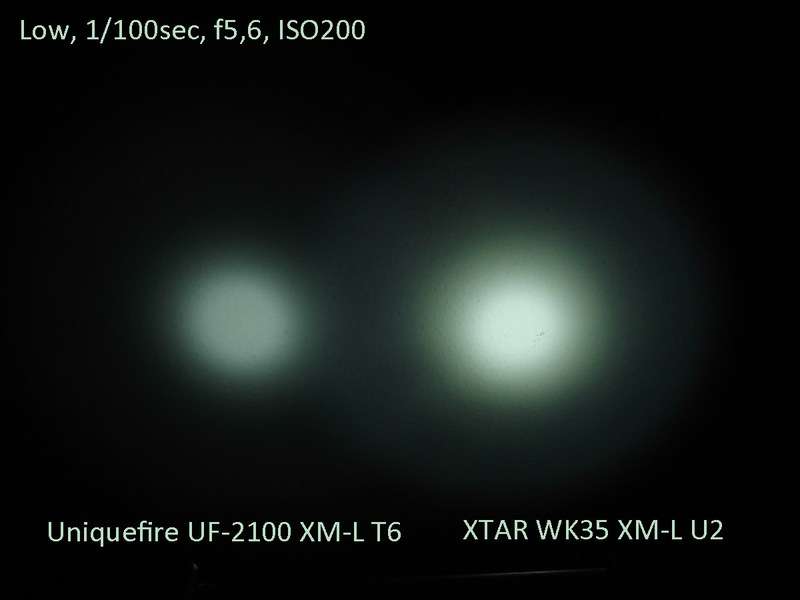
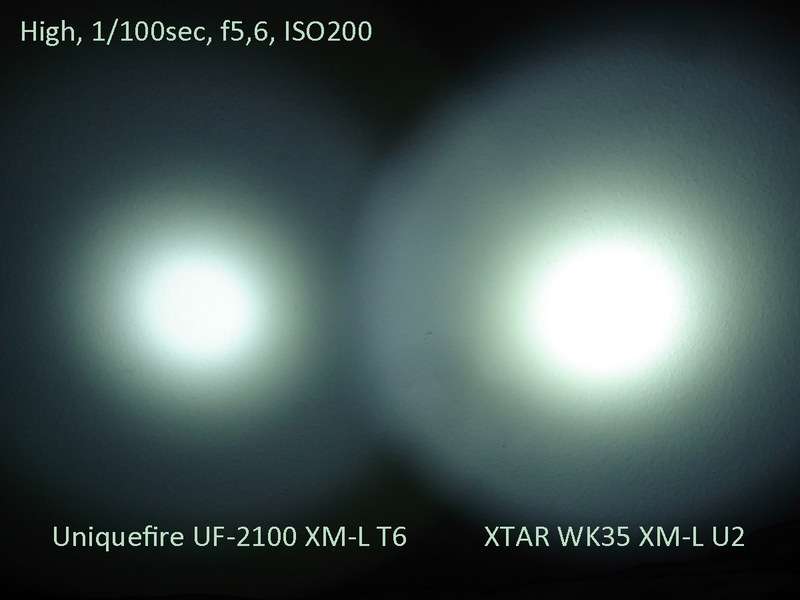
Here is the brightness with about 2,5V (tested with a CR123 battery, I did not want to discharge my batteries so). The lamp hasn’t an automatic shut-off.
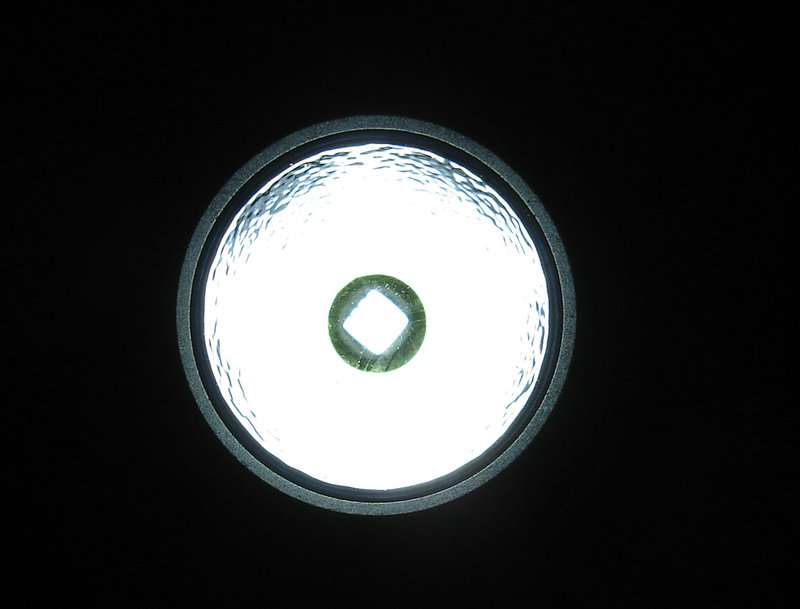
Many manufacturers write waterproof IPX-8. I wanted to try out for this review and switch the WK35 on (high mode) and sunk 1.8 meters in a swimming pool. XTAR writes on there homepage something about 0.5 meters, but since I wanted to go a little further in this review, I’ve decided to 1.80 meters.
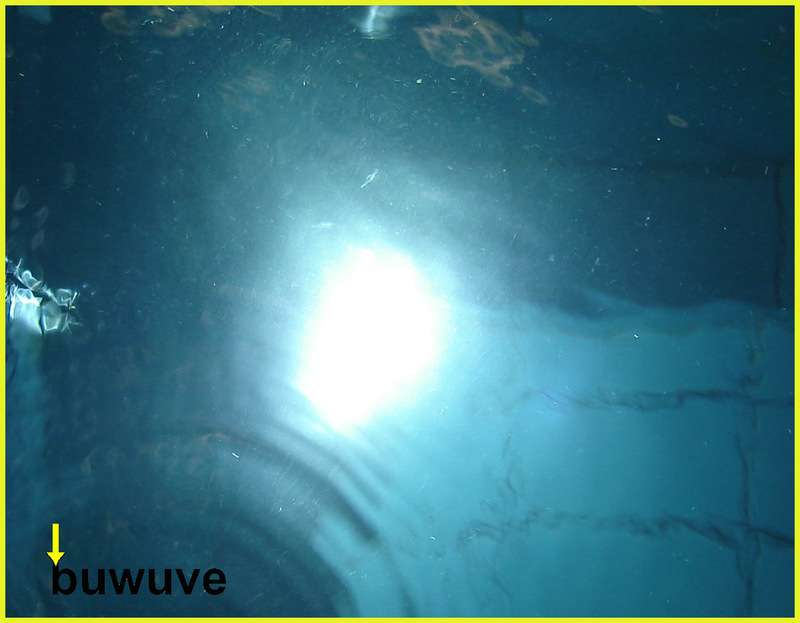
After about 10 minutes I took it of the pool and dried briefly.

Inside I do not found any water.
Conclusion:
XTAR provides with the WK35 a good all round flashlight which will be a nice EDC. The double spring in the battery tube, the long duration and the successful test in the water make it an excellent companion for outdoor use. It is a well thought-lamp that can also convince with their processing.
 ).
).